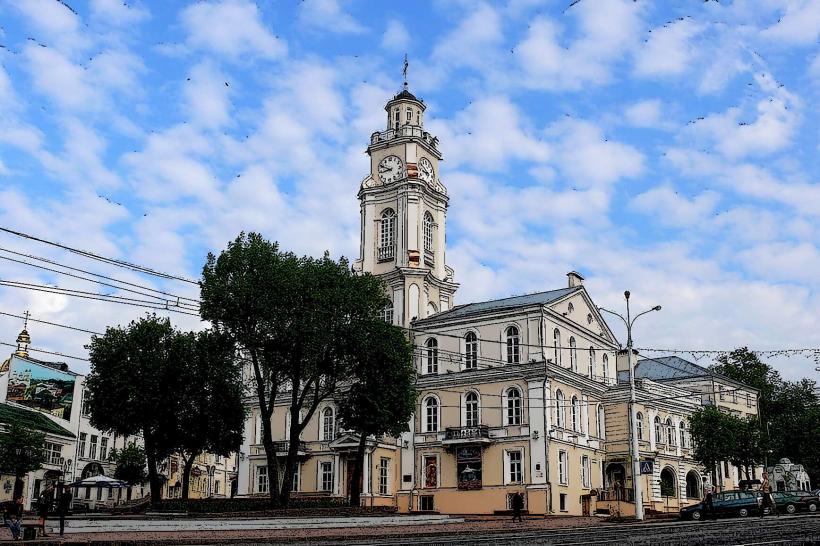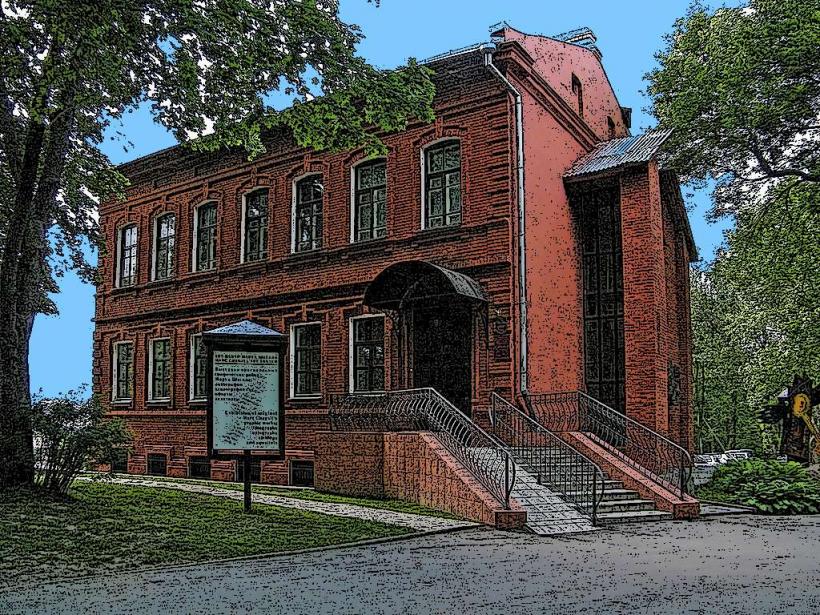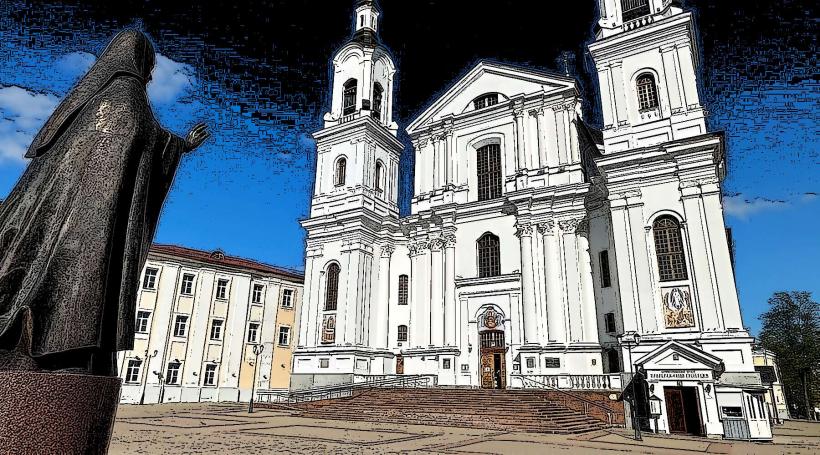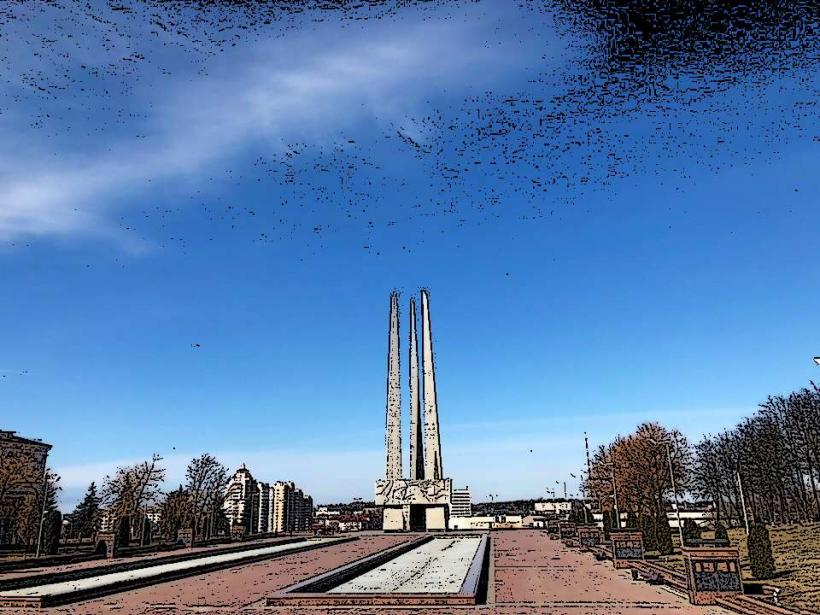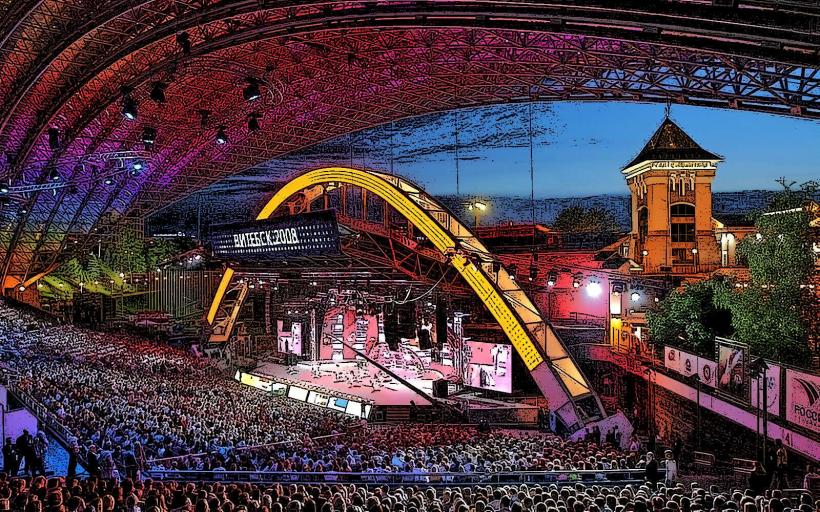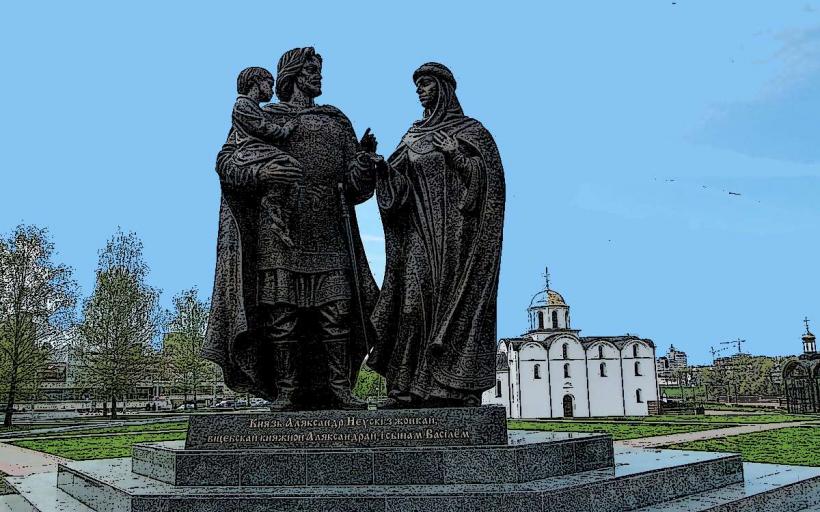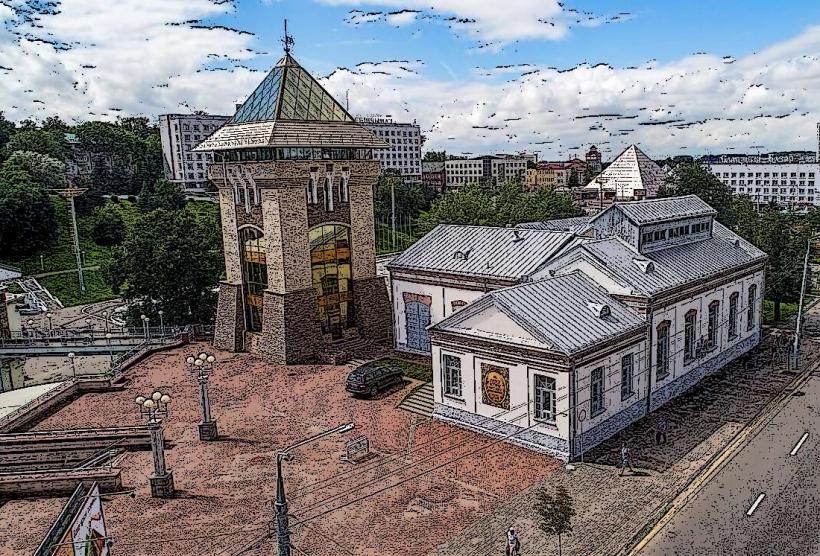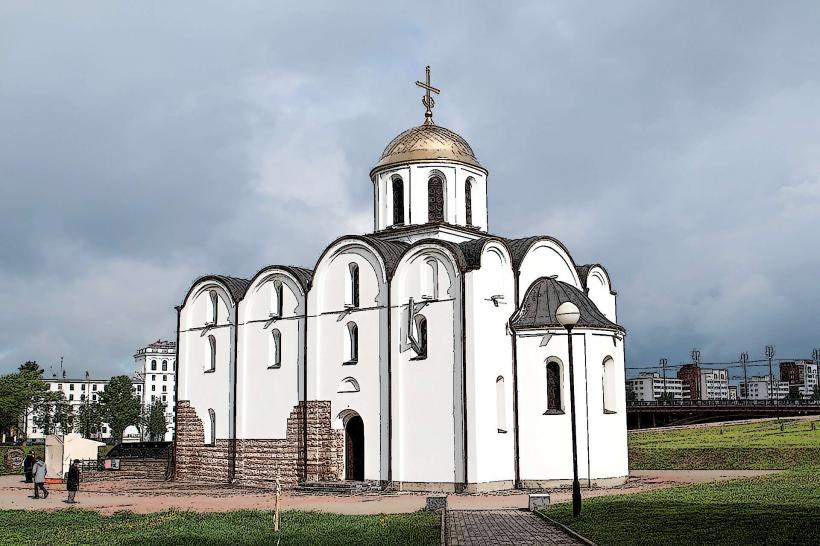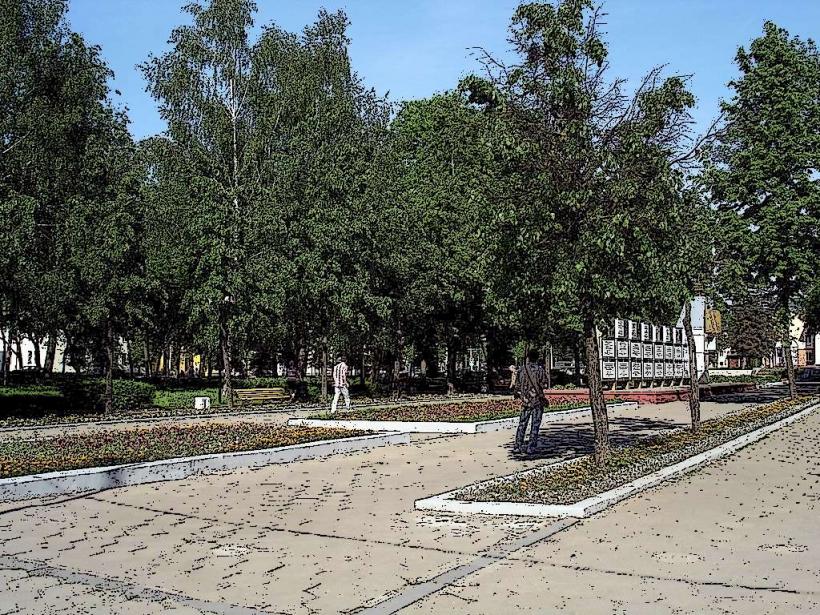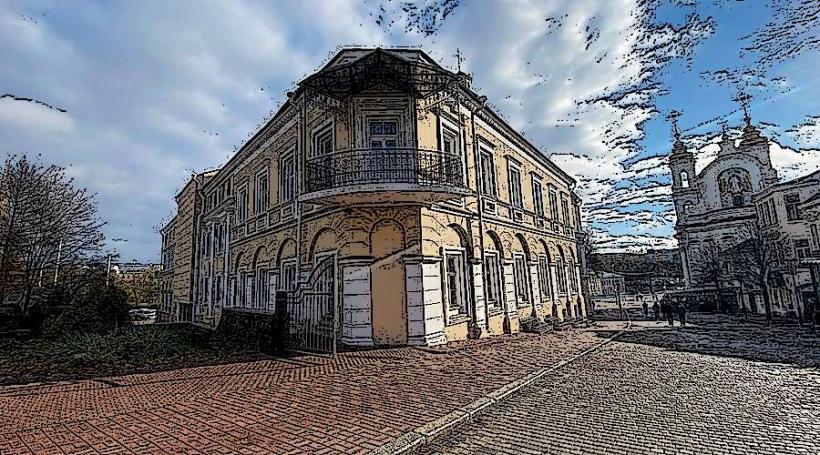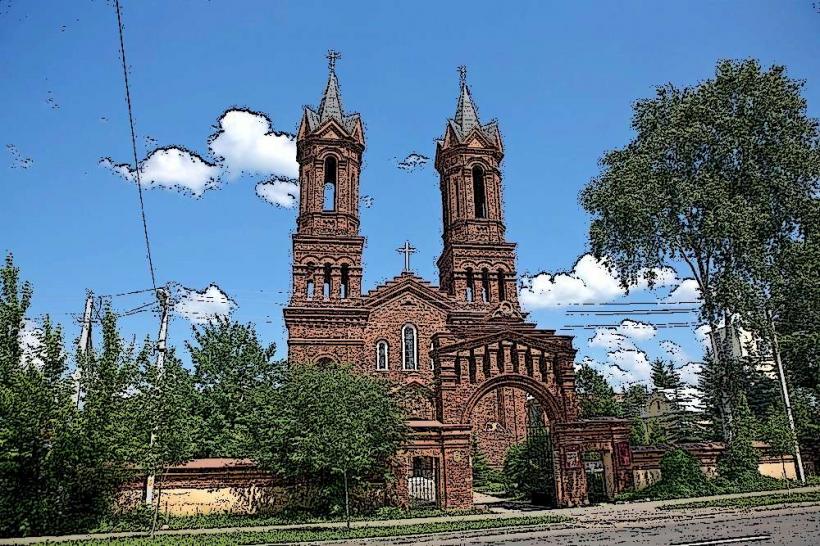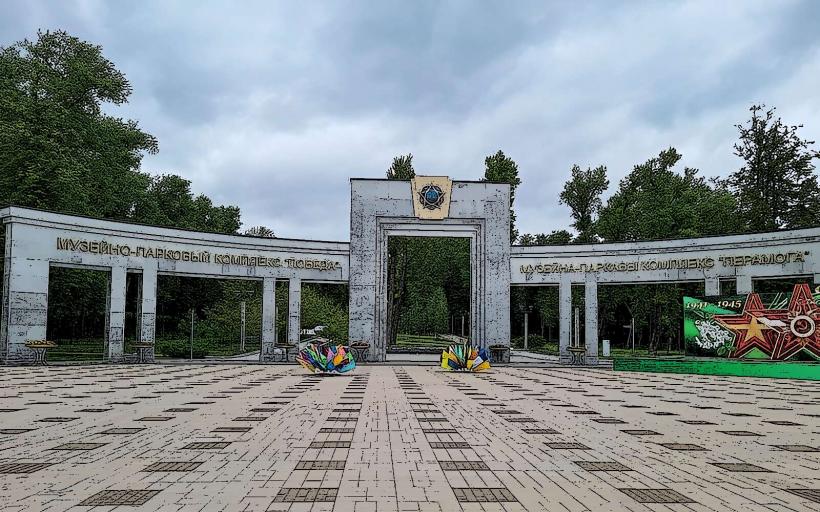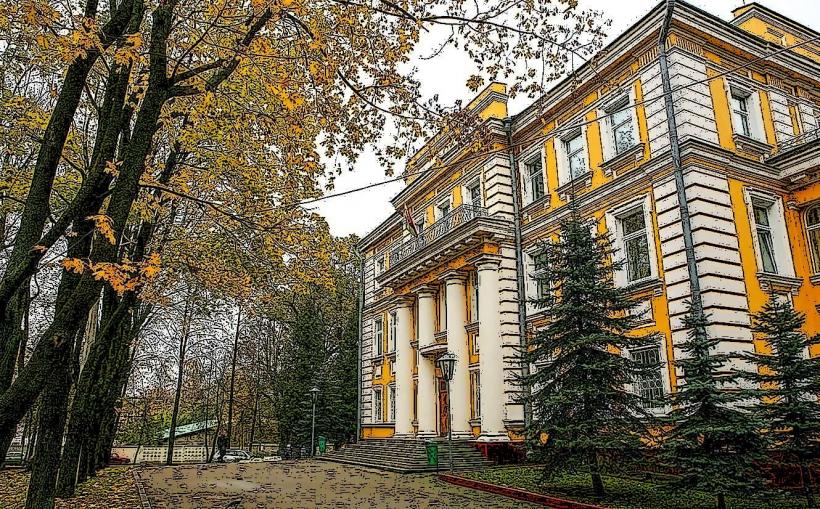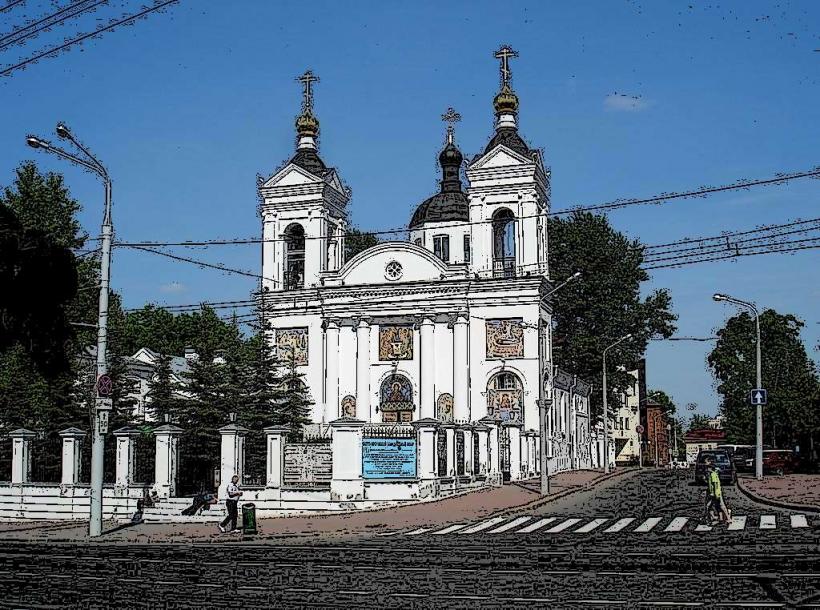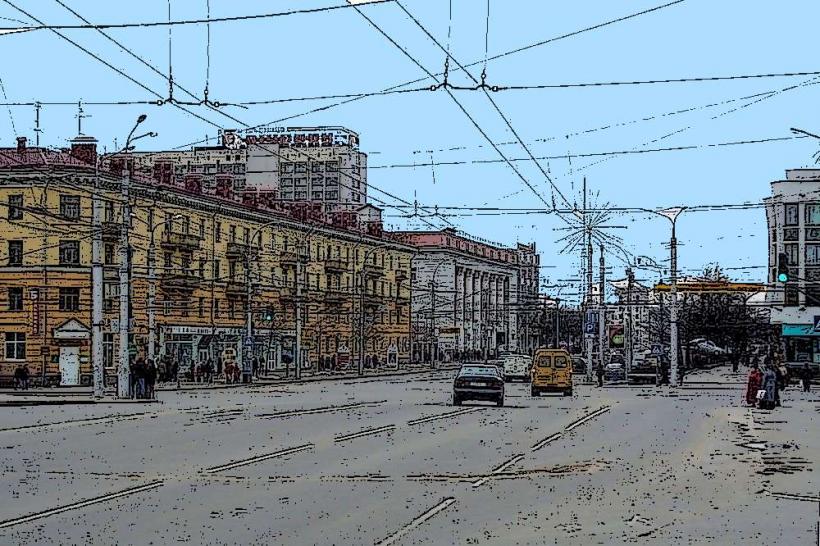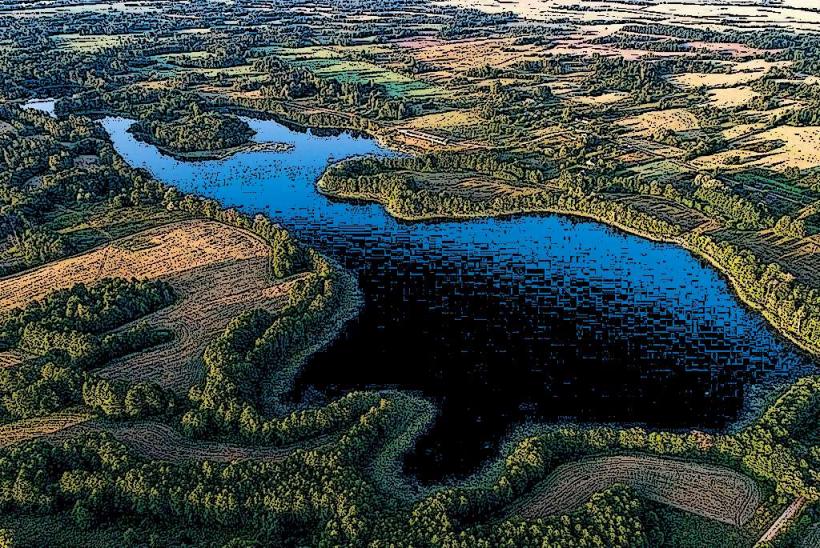Information
Landmark: Pushkin BridgeCity: Vitebsk
Country: Belarus
Continent: Europe
Pushkin Bridge in Vitebsk, Belarus, is an important architectural and cultural landmark that connects the city’s historical center with other parts of Vitebsk, crossing the Western Dvina River (also known as the Daugava River). The bridge holds both practical and symbolic significance in the city, serving as a key transportation route while also being associated with local history and culture.
Historical Background
Pushkin Bridge was constructed in the early 20th century and has since become an iconic feature of Vitebsk’s urban landscape. The bridge is named after Alexander Pushkin, one of Russia’s greatest poets and writers. This homage to Pushkin reflects the broader cultural connection between Vitebsk and Russian literature, as Pushkin’s works have had a profound influence on the cultural and literary heritage of Belarus and Russia.
Pushkin Bridge has undergone several renovations and updates over the years, adapting to the changing needs of the city. Despite these modifications, the bridge has retained much of its historical charm and remains a beloved structure in Vitebsk.
Architectural Features
The bridge itself is a typical example of early 20th-century bridge design, incorporating both functional and aesthetic elements. Here are some of the key features:
Design and Structure:
- The bridge is designed in a steel arch style, with robust metal beams and supports that allow it to span the Western Dvina River. The use of steel and other durable materials ensures the bridge’s strength and longevity.
- The arched design of the bridge gives it a graceful and visually appealing appearance, as it rises slightly in the middle to accommodate river traffic beneath it. This type of design was common in bridges of the early 20th century, as it allowed for both structural integrity and a distinctive aesthetic.
Pedestrian Pathways:
- Along with its main vehicle lanes, Pushkin Bridge has pedestrian walkways on both sides, allowing people to cross the bridge safely. These pathways are often used by residents and visitors who enjoy the scenic views of the river and the city while crossing.
- The bridge offers excellent panoramic views of the Western Dvina River and the surrounding areas, making it a popular spot for leisurely walks.
Decorative Elements:
- The bridge features some decorative elements that enhance its appearance. These may include ornamental railings, lampposts, and other aesthetic touches that add to its charm, especially in the evening when the bridge is illuminated.
Bridge Length and Location:
- Pushkin Bridge spans a considerable length over the Western Dvina River, connecting various parts of the city and serving as one of the key routes for both local traffic and visitors. Its location makes it an important thoroughfare, connecting the central districts of Vitebsk with those located on the opposite side of the river.
Symbolic Significance
Pushkin Bridge is named after Alexander Pushkin, an iconic figure in Russian literature and a symbol of cultural pride. Pushkin is celebrated for his role in the development of Russian literature and for being a national poet of Russia. The decision to name the bridge after Pushkin reflects the cultural ties between Vitebsk and the broader Russian literary tradition.
The name also connects the city to Pushkin's literary legacy, as he is regarded as one of the greatest poets in the Russian language and a central figure in the Romantic movement. His work, which has inspired generations of readers and writers, continues to be an essential part of Russian and Belarusian cultural identity.
Cultural and Practical Role
In addition to its functional purpose as a transportation link, Pushkin Bridge holds cultural importance for the city of Vitebsk. The bridge has become a place where both locals and tourists stop to admire the views of the river and the surrounding cityscape. The proximity of the bridge to Vitebsk’s historical center, with its cultural and architectural landmarks, adds to its significance as part of the city’s heritage.
- Tourism: Pushkin Bridge is a common stop for tourists exploring Vitebsk’s historic center. Its scenic views and cultural connection to Alexander Pushkin make it a popular photo opportunity and a point of interest for visitors.
- Symbol of Connectivity: As a bridge, it serves as a physical and symbolic link between the different parts of the city. It is a reminder of how infrastructure can unite communities and enhance the experience of both residents and tourists.
Visiting Pushkin Bridge
Visitors to Vitebsk will find Pushkin Bridge an interesting landmark to explore. Whether walking across it, taking in the views of the river, or simply appreciating the connection it represents between the city’s past and present, the bridge is an essential part of the Vitebsk experience.
- Accessibility: The bridge is easily accessible from the central parts of the city. It is a key transportation route for both vehicles and pedestrians.
- Nearby Attractions: The bridge is located near several other cultural and historical sites in Vitebsk, including the city’s main squares, museums, and the Marc Chagall House-Museum. It provides easy access to the areas around the river, making it a useful route for those exploring the city.
- Scenic Views: From the bridge, visitors can enjoy panoramic views of the Western Dvina River and Vitebsk’s historical architecture. The view is particularly attractive during sunrise and sunset, when the city and river are bathed in soft light.
Conclusion
Pushkin Bridge is not just a functional piece of infrastructure in Vitebsk but also a culturally significant and aesthetically pleasing landmark. It serves as a connection between the past and present, honoring one of Russia's greatest literary figures while also providing practical transportation for the city. For residents and tourists alike, the bridge offers a chance to appreciate the natural beauty of Vitebsk, as well as its rich cultural heritage. Whether you're walking across it or simply enjoying the views, Pushkin Bridge is an integral part of the city’s identity.

